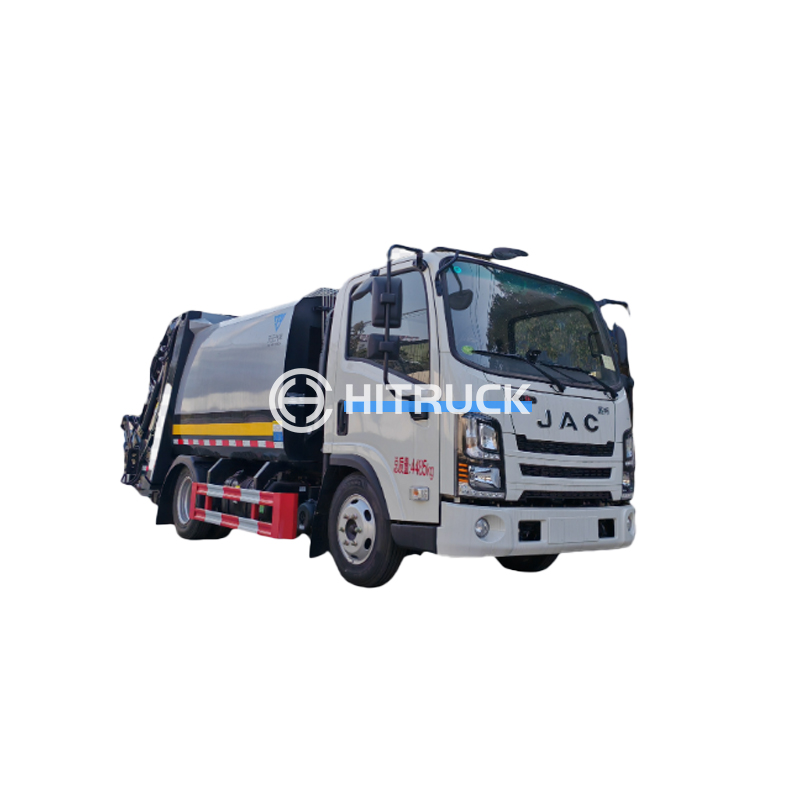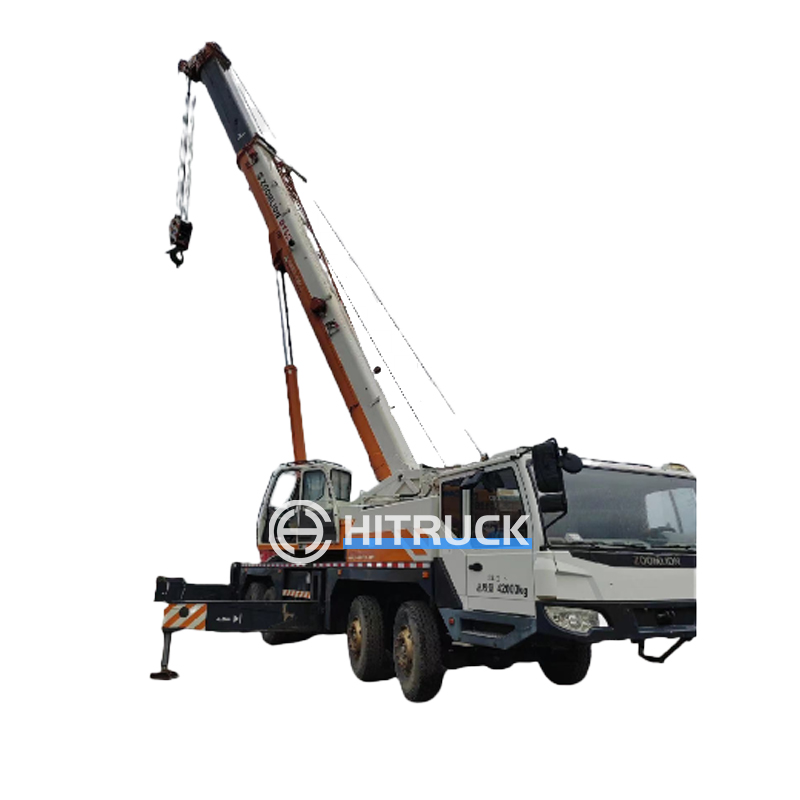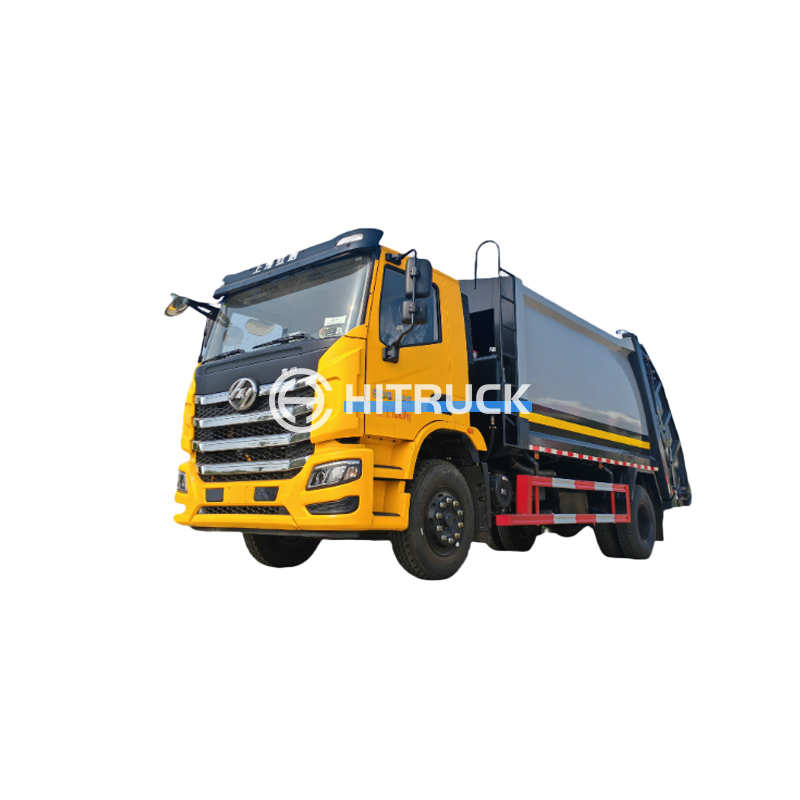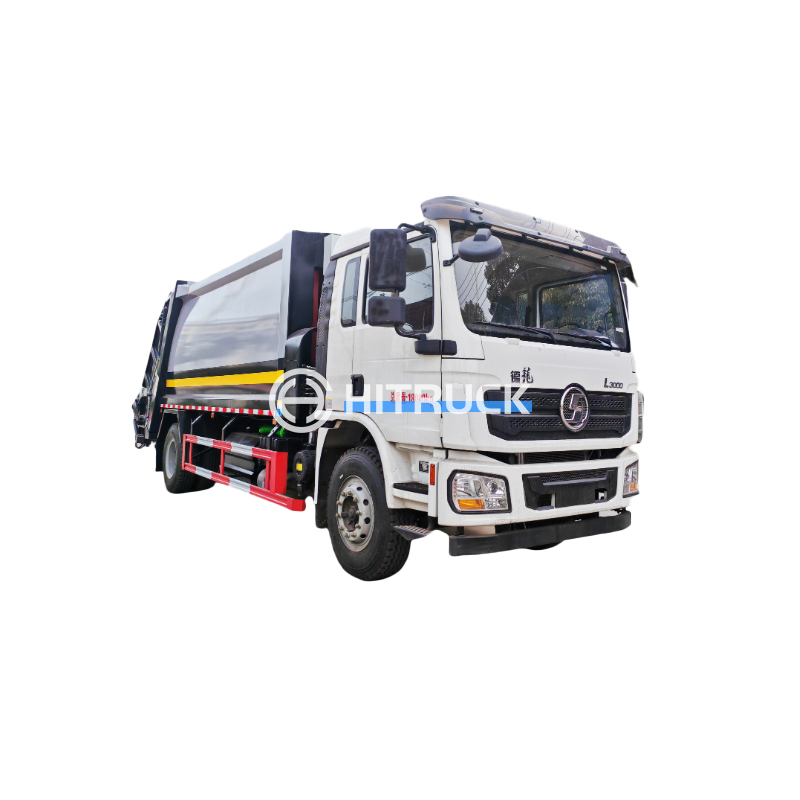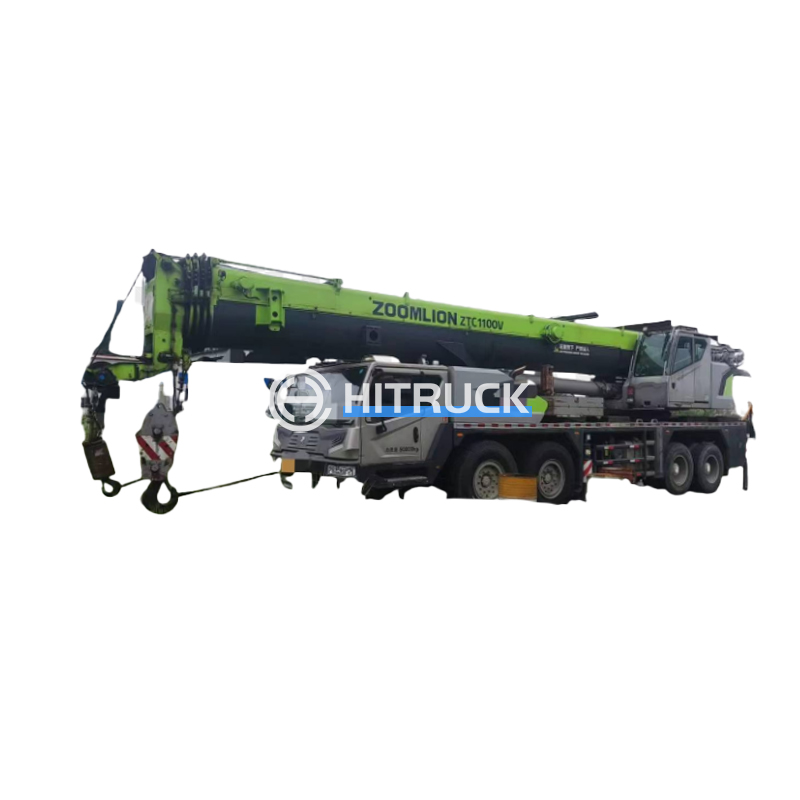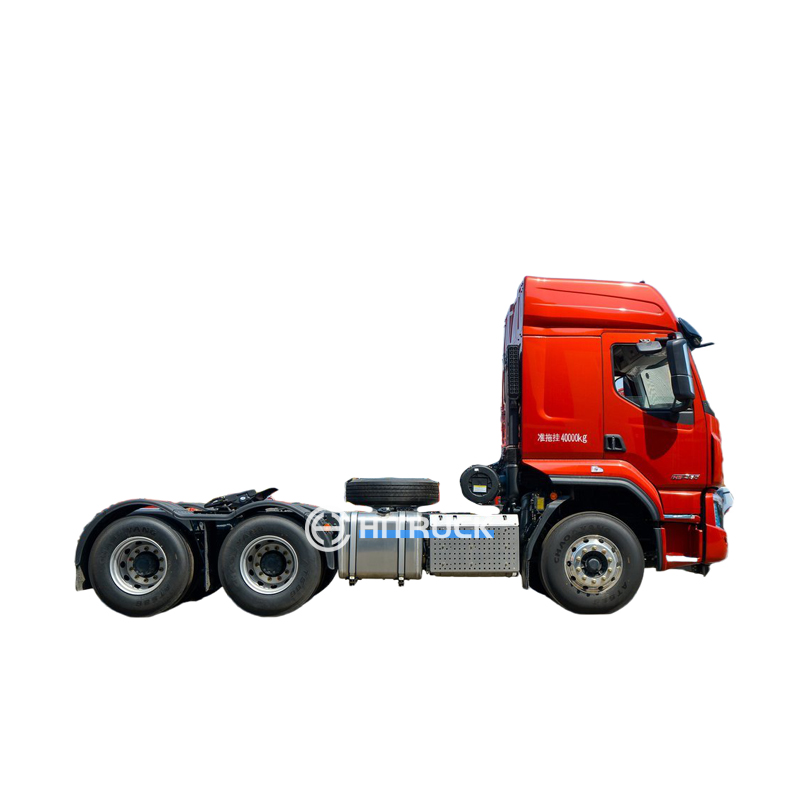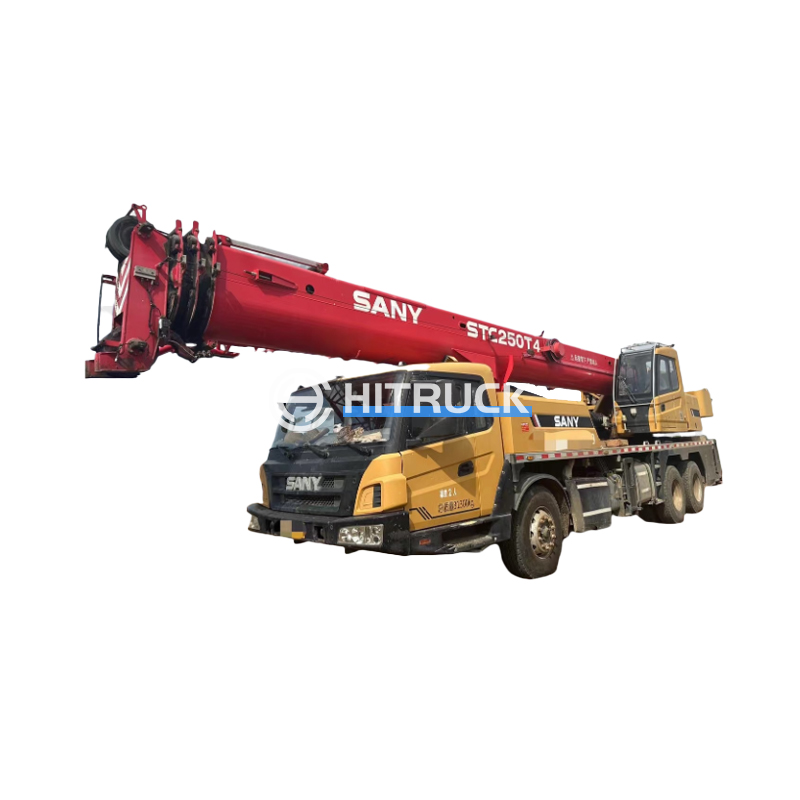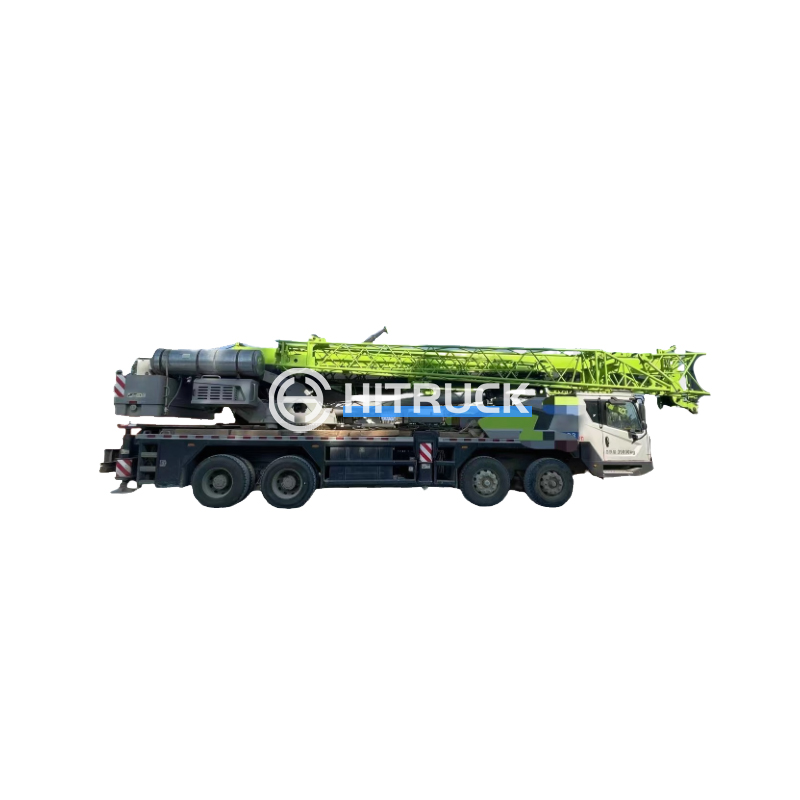A-Frame Cranes: A Comprehensive GuideA-frame cranes are versatile lifting devices ideal for various applications. This guide provides a detailed overview of their design, operation, safety considerations, and selection process. We’ll cover everything from choosing the right a-frame crane for your needs to ensuring safe and efficient operation.
Understanding A-Frame Cranes
What is an A-Frame Crane?
An
a-frame crane is a type of portable crane characterized by its A-shaped frame. This design provides stability and allows for lifting and moving loads within a limited radius. They are frequently used in construction, manufacturing, and other industries where lifting smaller to medium-sized loads is required. Unlike larger, more complex cranes,
a-frame cranes are known for their simplicity and ease of use, making them suitable for a wide variety of tasks. Their portability is a key advantage, enabling quick setup and relocation as needed.
Types of A-Frame Cranes
A-frame cranes come in various configurations, each suited for specific applications. These differences often relate to the lifting capacity, the type of lifting mechanism (manual or powered), and the overall design features. Some common variations include those with fixed bases, those with wheels for mobility, and those integrated with additional features like jib extensions for greater reach.
Key Components of an A-Frame Crane
Understanding the components of an
a-frame crane is crucial for safe operation and maintenance. Key components typically include the A-frame itself, the hoisting mechanism (usually a winch or chain hoist), the base, the lifting hook, and any additional safety features like load limiters. Regular inspection of each component is vital for preventing accidents.
Choosing the Right A-Frame Crane
Factors to Consider When Selecting an A-Frame Crane
Selecting the appropriate
a-frame crane involves careful consideration of several factors. These include the weight of the loads to be lifted, the required lifting height, the working environment (indoors or outdoors), the available space, and budget constraints. It's crucial to choose a crane with a lifting capacity exceeding the anticipated maximum load.
Capacity and Lifting Height
The lifting capacity and height are critical specifications. Always select a crane with a capacity significantly higher than the heaviest load it will handle, ensuring a safety margin. The necessary lifting height depends on the specific task. Overestimating this is better than underestimating; however, purchasing a crane with excessive capacity and height that is unnecessary for your application is inefficient.
| Feature | Small A-Frame Crane | Large A-Frame Crane |
| Lifting Capacity | 500 lbs - 1000 lbs | 1 ton - 5 tons |
| Lifting Height | 6-10 ft | 15-30 ft |
| Portability | Very Portable | Less Portable |
Note: These are approximate values and vary depending on the manufacturer and model.
Safety Precautions and Regulations
Safe Operating Procedures
Always follow the manufacturer's instructions carefully. Regular inspections are crucial, and any damage should be repaired before use. Proper training and certification for operators are highly recommended. Ensure the area around the crane is clear of obstructions and personnel. Always use appropriate safety equipment, such as gloves and safety shoes. Load testing before operation is highly advisable. Never exceed the rated lifting capacity of the
a-frame crane.
Compliance with Regulations
Adherence to all applicable safety regulations and standards is mandatory. These regulations vary depending on location and industry, but they generally cover aspects of crane operation, inspection, and maintenance. Staying informed about these regulations is the responsibility of the crane owner and operator. Consult local authorities and professional organizations for the most up-to-date information.
Maintenance and Inspection
Regular maintenance is crucial to ensure the longevity and safe operation of your
a-frame crane. A thorough inspection should be conducted before each use, and more detailed maintenance schedules should be followed according to the manufacturer's recommendations. Regular lubrication and checking for wear and tear on components are vital parts of this process. This ensures safe and productive operation and prevents costly repairs. For the largest selection of trucks and trailers, check out
Suizhou Haicang Automobile sales Co., LTD.
Conclusion
Selecting and operating an
a-frame crane correctly is paramount for safety and efficiency. By understanding the various types, considering the appropriate capacity and height, prioritizing safety precautions, and adhering to maintenance schedules, users can leverage the benefits of these versatile lifting tools. Remember to always prioritize safety above all else.

